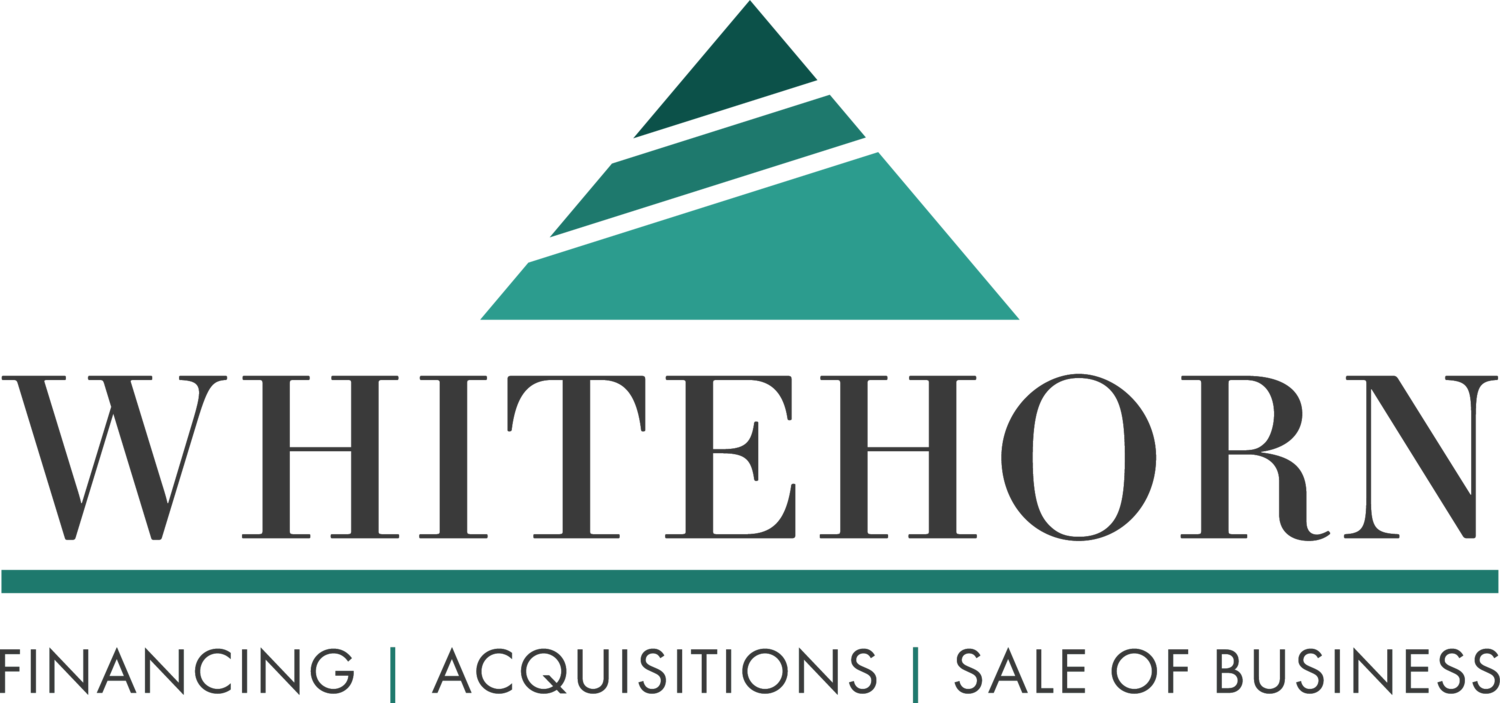The influx of buyers upgrading or purchasing their first house in recent months has contributed to the surging real estate market nationwide. Say you are in the market to sell your house. Some questions potential buyers may include: How does it look on the inside? The outside? What about the location? What is your general impression?
Like selling a house, your business projects an image to potential buyers. When they come to see your business for the first time, your “curb appeal” can attract a buyer to your business or cause them to walk away from it.
Thinking of ways to improve your curb appeal? We’ve outlined a three-step plan below for your business:
1. Fix Your Leaky Faucets
Like many other business owners, you probably started your business from scratch with one or two employees. Fast forward to today, and your employee count may have increased tenfold. Do you have the appropriate HR infrastructure in place for that size of a company? Perhaps you take pride in your informal management style, but it can prove to be a liability when it comes time to sell.
Make sure your human resources policies are at least as stringent as those of the company you hope will buy your business. Some basics to have in place:
A written policy making it clear you forbid any form of harassment or discrimination;
A written letter of employment for each staff member;
A written description of your employee compensation and bonus system; and
Written policies for employee expenses, travel and benefits.
2. Assemble Your Binder
When selling your house, it will increase buyers confidence if you have the instruction manuals for the appliances, information on where you purchased the appliances and who to call if one of the appliances breaks down.
Similarly, when a potential buyer looks at your company, they want to see that you have your business information in order. Documenting your office procedures, core processes and other intellectual capital can help you attract more bidders and a higher price for your company, while also lowering the chances of the deal falling apart during due diligence. Another benefit of documenting your procedures is that if an employee were to step away from the business unexpectedly, other employees can still perform duties based on the documentation prepared.
If you want to attract a buyer one day, your business needs a binder with instructions for basic functions, such as:
Opening up in the morning and closing down at night;
Forms and step-by-step instructions for routine tasks;
Templates for key documents;
Emergency numbers for service providers;
Billing procedures for customers; and
How your company is positioned in the market and your marketing tools.
3. Document Your Intangibles
Intangibles for selling your house might include: Is your house near a good school or daycare? What kind of neighborhood is it? What kind of commute are they looking at to get to work?
Your business also has intangibles, often intellectual assets that a potential buyer needs to be made aware of, such as:
Proprietary research you have conducted;
Copyrights, patents, trade secrets etc.;
Existing customer and vendor contracts, agreements, MSAs;
A formula for acquiring new customers and your existing customer lists;
Criteria you use to evaluate a potential new location for expansion; and
Your unique approach to satisfying a customer.
As with selling a house, your company's curb appeal can go a long way toward maximizing your proceeds and closing a deal. Contact Whitehorn today to find out how we can help increase your business’s curb appeal.






























































































